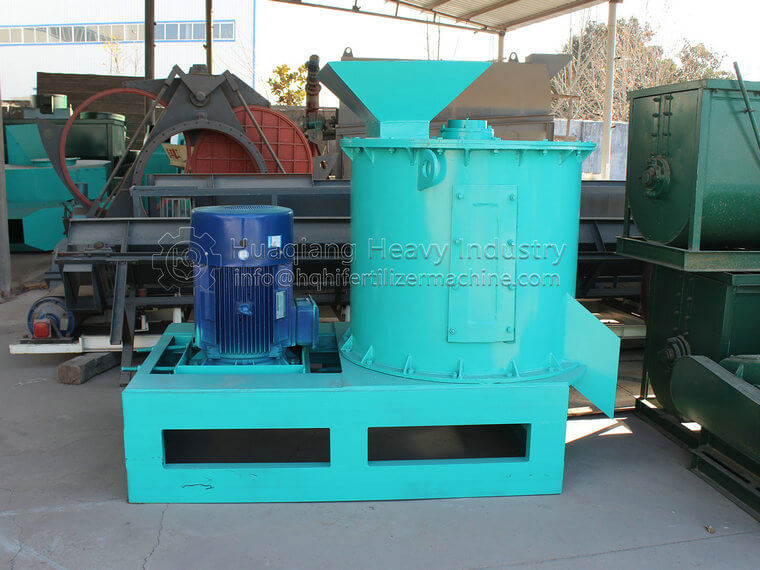Whether it is in the organic fertilizer production line or npk fertilizer production line, after the organic fertilizer granulator (roller granulator, disc granulator, drum granulator, etc.), the fertilizer granules will have moisture. How to find a way to deal with the granules What should I do if the moisture of fertilizer granules is too high after granulation? Then we will use coolers in the production of organic fertilizer production equipment. The cooler is the main equipment of the production system on the fertilizer processing line, with a simple structure and good stability..jpg)
The cooling equipment is specially designed for the needs of producing granular organic fertilizers and can be used in npk production line and organic fertilizer production lines. In the production of granular organic fertilizer, the granular organic fertilizer produced by the granular press needs to go through a cooling process to achieve the purpose of cooling and dehydration. In the existing equipment configuration, there are mainly two kinds of granular organic fertilizer cooling equipment, one is vertical cooler and the other is reverse flow cooler. The principle is that the temperature of the pellets produced by the pellet press is relatively high, generally 70~80°C. Through the cooling process of the cooler, the material can remove about 3 percent of water, which can meet the requirements of cooling and drying under ideal conditions.
The cooler is the main equipment of the production system on the fertilizer processing production line, with simple structure, good stability and reliable rotation. The waste gas after heat exchange can be introduced into the rotary kiln to improve the thermal efficiency of the whole system. Also known as drum cooler, it is used for the production of organic fertilizer and npk manufacturing process, cooling the fertilizer of a certain temperature and particle size, used together with the dryer. It can greatly improve the cooling speed, relieve labor intensity and improve efficiency. Further remove part of the water and reduce the grain temperature of the compound fertilizer. It can also be used for other powder. Granular material cooling. The cooling equipment has compact structure, high cooling efficiency, reliable performance and strong adaptability.


.jpg)




